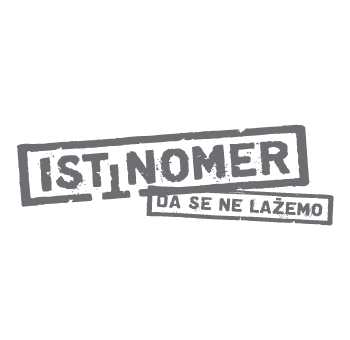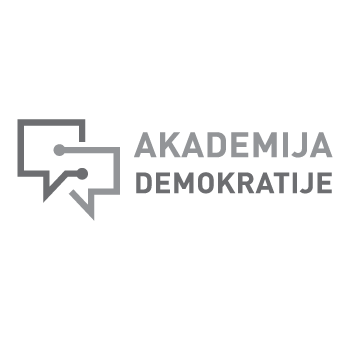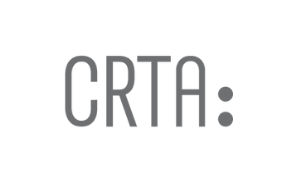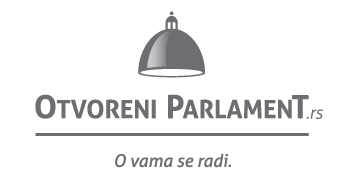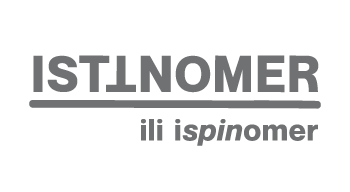Preliminary Assessment of the Electoral Process in Kosjerić and Zaječar – Election Day Neither Free nor Fair

The elections in Zaječar and Kosjerić were held in extremely unfair and unfree conditions, and the atmosphere on election day resembled a state of siege. The election campaign was marked by systematic institutional pressures, while media and physical violence that led to the day of the election filled the citizens of two local communities with fear and anxiety.
The election day in Kosjerić was neither free nor fair, while in Zaječar the result did not reflect the will of the citizens, as severe irregularities were recorded in as many as 19% of polling stations. Voter turnout was record high in both communities; in Kosjerić, 84.2 percent of registered voters went to the polls, and in Zaječar, 63.6 percent.
Election day in both places was marked by the presence of the police, but also persons in civilian clothes with unclear powers, many of whom gave the impression of “thugs” by their appearance and behavior. Chronic impunity for earlier election abuses has eroded citizens’ trust in the integrity of the process, which has led to a large presence of citizens who self-organized in Kosjerić and Zaječar, with the intention of preventing possible election manipulations.
Since elections were called, CRTA observers have followed the work of the election administration and the election campaign on the ground in Zaječar and Kosjerić. On election day, more than 400 observers were deployed at and in front of polling stations, along with mobile teams. All polling stations were covered, 29 of them in Kosjerić and 69 in Zaječar. CRTA observers followed the events from the moment of preparation and opening of polling stations, the voting process throughout the day and the counting of votes, until the display of the Polling Board Record at the entrance of every polling station. CRTA will continue to follow the election process until the end, that is, until the announcement of the final election results.
The election campaign began at a time when tensions in society were at their peak. The elections in question were called in an environment of historic social mobilization that followed the fall of the canopy and the death of 16 citizens in Novi Sad, resulting in student and civil protests that have not stopped for more than half a year. The protests initiated a more effective organization of citizens in local communities, the creation of a more serious challenge to the ruling parties in the elections, as a result of which the government, national and local, resorted to increased mobilization and use of state and public resources, as well as other methods of election fraud.
The government’s pressure on the citizens of Zaječar (47,353 voters) and Kosjerić (8,897 voters) from “normalized” practices of electoral corruption and pressure on voters spilled over into an increase in verbal and physical violence “on the ground” ahead of election day.
Various mechanisms of control and pressure on voters, along with manipulations that were consolidated due to impunity through a series of previous election cycles, marked June 8, election day in Kosjerić and Zaječar.
The features of the election campaign, from tensions and pressures to the abuse of institutions and public resources, the engineering of the election bid, the aggressive merging of the state, the party and the President into one entity, and the normalization of growing violence — clearly indicated that the voting day would also pass in an incendiary and oppressive atmosphere.
According to the preliminary analysis of the CRTA Election Observation Mission, during the election day, individual cases of irregularities were recorded at 86 percent of the polling stations in Zaječar and at 55 percent of the polling stations in Kosjerić.
In Kosjerić, the CRTA Election Observation Mission recorded 20 different types of incidents. The most frequently recorded type of incident is suspicious cars visiting polling stations (40 percent). In every fifth place, the lamp and spray were not used correctly. At 14 percent of polling stations, voters did not vote personally, parallel records were kept and ballots were photographed. At 14 percent of polling stations, suspicious gatherings around polling stations were recorded, which indicates possible electoral corruption. Illegal presence of third parties was recorded at 10 percent of polling stations.
The CRTA Election Observation Mission reported that observers in Kosjerić received threats and were exposed to provocations, including harassment and intimidation with phone calls, to the police.
At least four types of incidents were recorded at every fourth polling station in Kosjerić.
One of such places is polling station 18. “The house is located 600m from polling stations 3 and 18. People are constantly entering and leaving that house, it is not clear which are the voters and which are the “thugs“, the circulation of people is large and cannot be clearly assessed”, is one of the reports of a CRTA observer. From the same polling station, observers had previously reported threats of physical violence and disturbing anonymous phone calls. In the morning hours, in front of that place, there was a noticeable increase in bringing voters to vote and suspicious gatherings. Later in the day, an observer noted that the polling board was deliberately mischecking whether a voter had voted before – checking the outside of the right index finger with a lamp and spraying the underside of the hand with spray, allowing one person to vote more than once.
In Zaječar, the CRTA Election Observation Mission recorded 32 types of incidents. Suspicious cars visiting polling stations were most often observed (at 36 percent of polling stations). Photographing the ballot behind a screen (33 percent), keeping parallel records (26 percent), not using UV lamps or sprays (22 percent). In front of 16 percent of the polling stations, it was recorded that parallel records of voters were kept in order to go to the polls collectively. Voting without a valid document and cases of voters whose names were not found in the extract from the voter list were recorded at 14 percent of polling stations. At 12 percent of the polling stations in Zaječar, threats and intimidation towards CRTA observers were recorded. At seven percent of the polling stations, a suspicious gathering was recorded, indicating possible electoral corruption and the illegal presence of third parties.
In every third polling station in Zaječar, at least four, and in some of them as many as nine types of incidents were recorded.
For example, at polling station 13, CRTA observers suffered pressure from the beginning of the day, from the president of the polling board, who made it impossible to observe and collect voting data. In front of the polling station, events were observed that indicate vote buying. Besides multiple vehicles taking turns with people interacting with voters and money being exchanged, there were also vans in which several people kept parallel records and took ID cards from voters before going to the polls. Voters who seemed disoriented or came to the polling station against their will were also brought in in an organized manner.
CRTA reported three cases of vote buying in Zaječar to the police.
A special “innovation” in these elections is the engagement of new monitoring organizations close to the authorities, primarily the Center for European Values and the Institute for European Freedoms. Their members actively interfered in the work of the polling committees, which is contrary to the rules of election observation, and they cooperated very closely with the members of the polling committees from the ruling parties, namely at 70 percent of the polling stations in Kosjerić and 40 percent in Zaječar. At several polling stations, the so-called observers provoked CRTA observers.
In their public addresses, their representatives used falsehoods about the behavior of CRTA observers, trying to discredit and make senseless the institute of civic election observation.
The impression is that the government continues to rely on the propaganda technique of the “twisted mirror” – as it tried to install its students “who want to learn”, to present its victims of politically motivated violence, it is now trying to introduce an additional level of confusion into the elections through the actions of its supposedly independent observers.
Voting results – Kosjerić
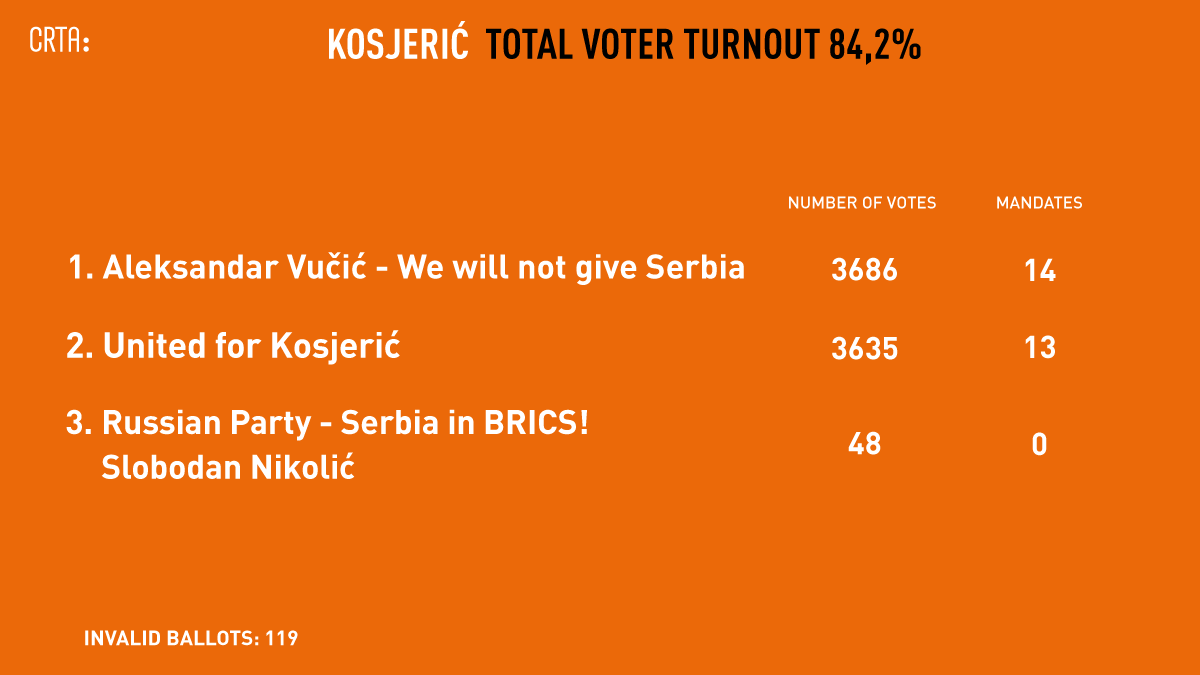
Voting results – Zaječar

